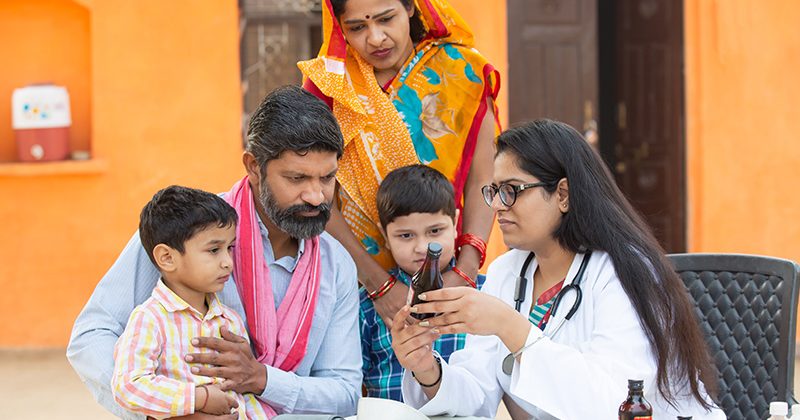Client: The Global Fund
Dates: June 2022 – September 2022
Country: Global
The Global Fund to Fight AIDS, Tuberculosis and Malaria (The Global Fund)’s 2023-2028 Strategy aims to maximise people-centred, integrated systems for health – a critical part of which is strengthening health systems.
Despite previous efforts to establish the level of investments in Resilient and Sustainable Health Systems (RSSH), this category of investments remains of interest to the Global Fund, particularly given the complexities in defining and categorizing health systems strengthening (HSS) investments.
Developing a broader overview of its investments in RSSH is a critical learning opportunity for the Global Fund.
We are providing a baseline mapping exercise to allow the Global Fund to step back and better understand its overall contribution to the HSS of recipient countries, relative to domestic and other donors’ investments with a particular focus on the grant implementation phase.
Our role
Our mapping will inform how the Global Fund can reorient grant operations to better harmonise its support to HSS efforts with national priorities, and to inform how these investments could be monitored.
As part of this work, we will support the Global Fund to:
- Quantify investment in HSS and compare these amounts to other sources of funding by country
- Assess alignment of HSS investments to national health sector priorities and budgets
- Assess the proportionality of Global Fund HSS investments in relation to overall external health assistance by country
Methods and approaches
The mapping assignment had four objectives, which we addressed through three phases:
- Inception, during which we agreed the categorisation of HSS investments that would be used for the mapping exercise, building on Global Fund’s existing methods to delineate cross-systems vs disease specific investments.
- Data analysis and mapping of the investments by:
analysing focus areas of Global Fund investments in cross-systems and disease specific areas over time and comparative to available national and donor health spending, and
b. assessing the relative proportion of Global Fund investments in cross-systems and disease specific areas in a sample of 12-15 countries. - The learning and synthesis phase drew together evidence from across the phases of this mapping in order to make recommendations to support the operationalisation of investments in RSSH under the new Global Fund strategy.
The primary intended users of the mapping will be Global Fund’s Board and its Strategy Committee, the Technical Evaluation Review Group, and key Secretariat staff involved in RSSH. Secondary intended users will include Principle Recipients, and Country teams.
Outcomes and impact
The synthesis will inform draft reports, initial findings, a workshop to co-create recommendations with the Global Fund, and a final mapping report.
This work will play an important role in shaping future RSSH investments and practices of monitoring RSSH investments under the new Global Fund strategy.


